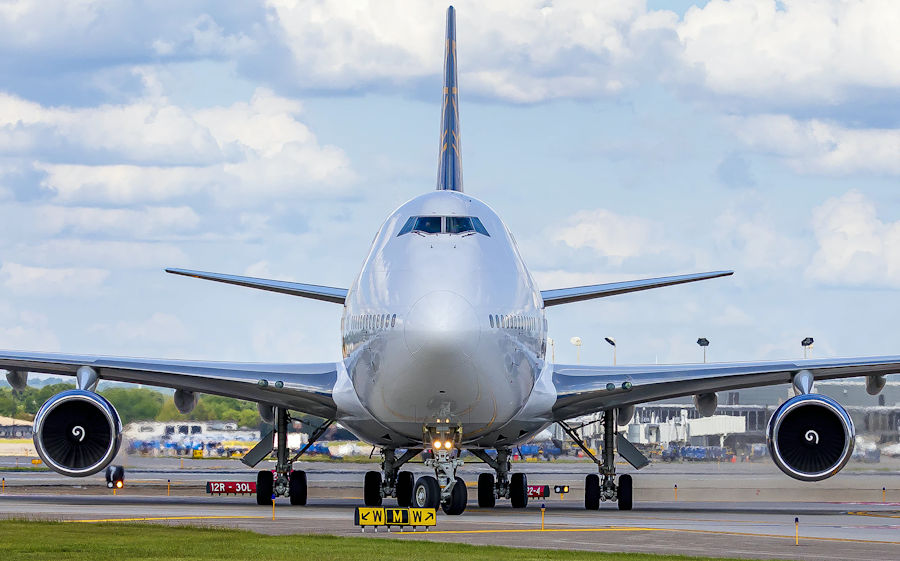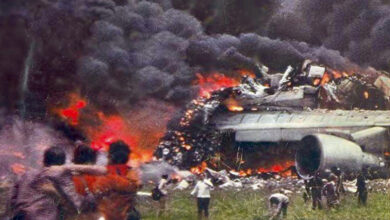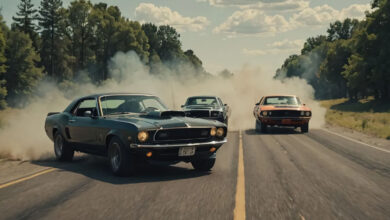
Podcast: Play in new window | Download
The Boeing Company, which is commonly referred to by most people as just Boeing is mainly known as a designer, manufacturer and supplier of aircraft to both the civil and military aviation industry and is also involved in the manufacture and supply of defence, space and telecommunications systems worldwide.
The history of Boeing began in June 1916, when an aircraft called the B & W Seaplane was completed by two men who had collaborated on the project to build it and they lent their initials to its name. The W represented the name of a U.S. Navy Lieutenant by the name of Conrad Westervelt, with the B representing the lumber industrialist William Edward Boeing who had provided the boathouse hangar on Lake Union in Seattle, Washington where the aircraft was constructed.
A few weeks later, on 15 July 1916, William Boeing incorporated The Boeing Company and the B & W became its first product with its name changing to the Boeing Model 1. Two examples of the aircraft were built, the first being named Bluebill and the second Mallard, both of which were apt for the names of seaplanes, being species of duck. An attempt was made to sell them to the United States Navy which turned down the opportunity resulting in both aircraft being sold to the New Zealand Flying School. Three years later the B & W’s were being used for airmail deliveries with the first airmail flight being made on 16 December 1919, six months after one of the aircraft set a new world altitude record of 6500 feet.
In 1927, William Boeing created Boeing Air Transport and this new company began operating airmail routes through a contract it had with the United States Post Office Department. Two years later he merged the company with the aircraft engine manufacturer Pratt & Whitney, resulting in a new company called the United Aircraft and Transport Corporation (UATC). This new company then went on an acquisition spree, buying up airlines such as Pacific Air Transport and National Air Transport, resulting in a new subsidiary being formed on 28 March 1931 called United Air Lines Inc. which was a holding company for the airlines it now owned. As well as the airlines, UATC also acquired several aviation-related equipment and aircraft manufacturers including Chance Vought, Stearman Aircraft and Sikorsky Aviation.
However, in 1934, the U. S. government pulled the rug from under Boeing’s feet when it announced that the common ownership of aeroplane manufacturers and airlines was banned. Consequently, UATC had to be dissolved resulting in three separate companies being formed, Boeing Airplane Company, United Aircraft, which became United Technologies and United Airlines.
Up until this point, the aircraft that Boeing had been manufacturing and operating were fixed-wing types, and this continued to be the case until 1960 when it acquired the Vertol Corporation. The name Vertol coming from the initialism of vertical take-off and landing or VTOL. Formerly called Piasecki Helicopters, the company was the biggest independent manufacturer of rotor-wing aircraft at the time and following its acquisition its name was changed to Boeing Vertol. This became the Boeing Helicopter Division in 1987.
Not content to rest on its fixed-wing and rotor-wing aircraft laurels, during the 1960s and 1970s Boeing started to diversify its portfolio somewhat and entered several other industries including space technology, part of which saw it partner with other overseas organisations to create Sea Launch, a floating launch platform from which geostationary satellites could be launched into space. The space division also acquired the satellite manufacturing arm of Hughes Electronics.
Over the same period, Boeing also entered the marine craft, agriculture, and energy production industries.
By 2017 Boeing was reporting $93.3 billion in sales and as of 2018, Boeing is the second-largest defence contractor in the world and is the largest U. S. exporter in terms of dollar value. Also in 2018, it was ranked 19th on the World’s Most Admired Companies list.
It has seen significant success with its range of commercial airliners with product after product being taken up by numerous airlines all over the world. It currently has some 12,000 aircraft in active commercial service which carry both passengers and cargo, including the massively successful 737 and 747 families, the wide-bodied 777 and the technically advanced 787 Dreamliner, which is the first airliner in the world to have an airframe that is constructed mainly of composite materials.
It also has significant revenue generated through its manufacture and supply of military aircraft such as the AH-64 Apache helicopter, the F-15 Eagle and F/A-18 Hornet jet fighters and the C-17 Globemaster transport aircraft. Boeing has supplied military aircraft throughout its history and some of them have become legendary including the B-17 Flying Fortress, the B-29 Superfortress and the B-52 Stratofortress. Other notable types include the V-22 Osprey and the CH-47 Chinook.
However, both its financial ranking and its reputation took a big hit following two fatal crashes of its new 737 MAX aircraft in late 2018 and early 2019, resulting in the whole fleet of 387 aircraft being grounded.
The present corporation is the result of a merger between Boeing and McDonnell Douglas which took place on 1 August 1997 and it is now split into several different divisions, the three primary ones of which are Boeing Commercial Airplanes (BCA), Boeing Defense, Space & Security (BDS) and Boeing Global Services. As of February 2019, the company employs approximately 153,000 people. Over 1500 of Boeing’s employees are also part of the Technical Fellowship program which sees the company’s top scientists and engineers setting the technical direction of the company. As the aircraft industry comes under greater scrutiny due to its impact on the environment, this technical direction includes work on several different initiatives such as investigating the use of biofuel and working with NASA on a project which includes the development of hybrid-electric technology for powering the airliners of the future.
Podcast: Play in new window | Download





